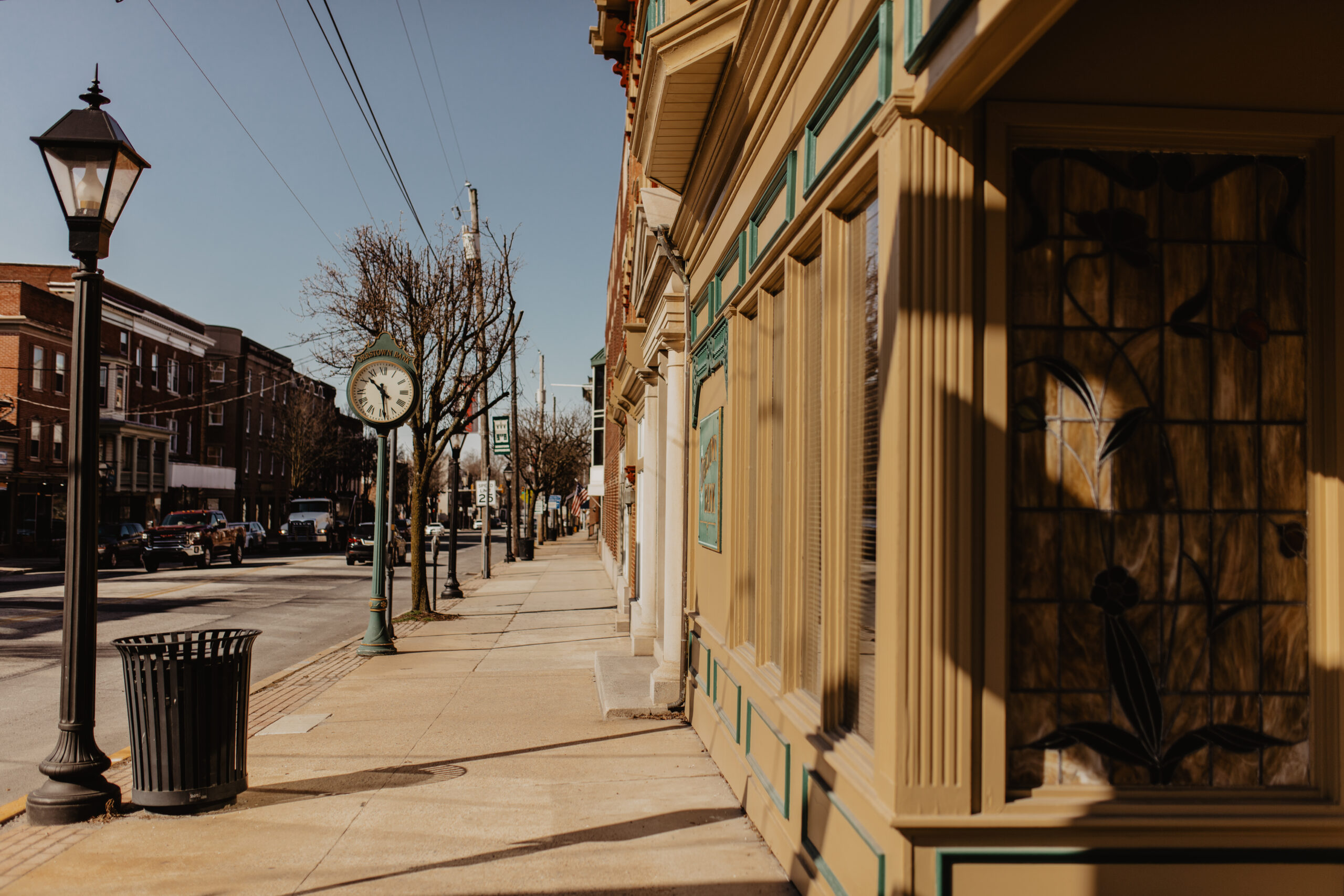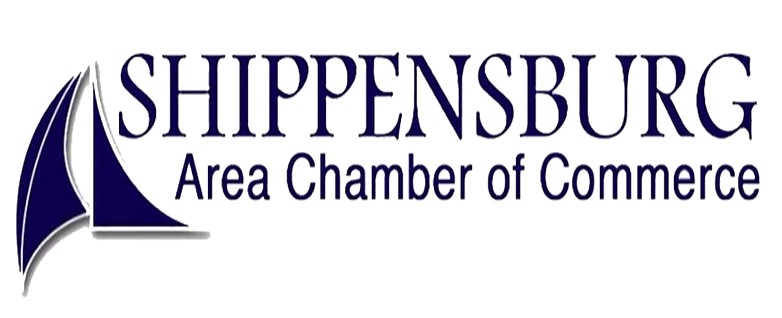Explore the scenic side of Shippensburg
Fast Facts & History
Discover the trails and parks that connect Shippensburg’s history, nature, and community.

HISTORY OF SHIPPENSBURG
Shippensburg was first settled in July 1730, when Scots-Irish families built their homes along what would become the western frontier of colonial Pennsylvania. In 1738, formal ownership of the land was granted to Edward Shippen III by the heirs of William Penn. Working with his son-in-law, James Burd, Shippen laid out the town’s lots along modernday King and Orange Streets. That original layout remains the foundation of the community to this day.
During the French and Indian War, two defensive forts were constructed: Fort Franklin in 1749 and Fort Morris in 1755. Both sites are marked with historic signs and stand as reminders of Shippensburg’s colonial significance.
The Pennsylvania Legislature officially declared Shippensburg a borough in 1819. The town’s first elected officials included a chief burgess, assistant burgess, constable, and council members. In 1962, the title of burgess was changed to mayor, and Dr. Harry L. Kriner became theborough’s first mayor. Throughout the 19th century, the borough developed public infrastructure and built dedicated municipal buildings, evolving from meetings in private homes to the construction of a council house and a borough building in 1928.
Shippensburg’s location made it a key transportation hub in the 1800s, with major rail lines such as the Cumberland Valley Railroad, the Western Maryland Railroad, and the Philadelphia and Reading Railroad running through or near the town. On June 24, 1863, Confederate troops under General Albert Jenkins entered Shippensburg en route to the Battle of Gettysburg. That same century saw the founding of Shippensburg University—then the Cumberland Valley State Normal School—in 1871. Its historic Old Main building remains a central feature of campus life.
The town’s growth continued into the 20th century, with industries such as the Domestic Pump and Energy Company, Peerless Furniture Company, and The Beistle Company bringing economic opportunities to the area. Industrial success has carried into the present, as Beistle remains a community fixture and Volvo relocated its North American headquarters to Shippensburg.
Shippensburg’s economy has grown, but its small-town spirit endures. Generations have shared memories of close-knit neighborhoods, local schools, and family-run grocery stores.
Although many of those smaller operations have evolved over time, the strong sense of community remains. Shippensburg’s historical significance has been formally recognized, and in 1984, the town was added to both the National and State Historic Registers. Today, it continues to celebrate and preserve its rich heritage while looking forward to the future.
Population ('22 Census)
Feet Above Sea Level
Average Annual Rainfall (inches)
Average Annual Snowfall (inches)
When was shippensburg founded?
July 1730
How did Shippensburg get its name?
The town was named after Edward Shippen, who received a land grant from the heirs of William Penn.
When does the first killing frost usually occur in Shippensburg?
Typically during the second week of October.
When does the last killing frost usually occur?
Typically during the last week of April.
What USDA hardiness zones does Shippensburg fall under?
Shippensburg spans Zones 6b and 7a — most of the area is 6b, but some southern and lower areas are 7a.
Where is Shippensburg located?
In the scenic Cumberland Valley, easily accessible via I-81 (Exits 24 and 29), and home to Shippensburg University of Pennsylvania.
